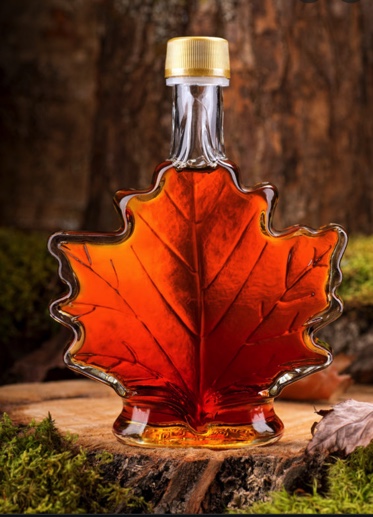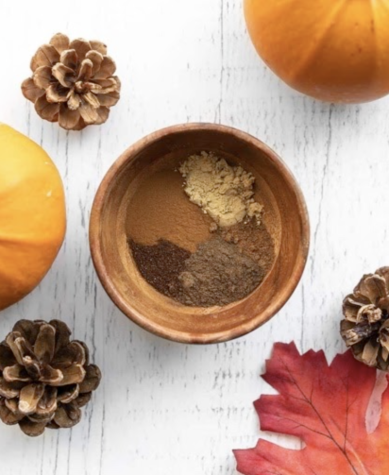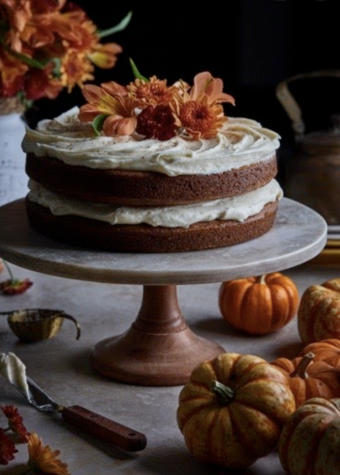Some Tips on Fall Baking

It’s gotten a bit chilly in San Antonio, which means that we can (finally) call it autumn. With that comes fall baking, one of my favorite baking seasons. Lots of warm flavors become more commonly used, including spice, pumpkin, pecan, maple, apple, and more. Some of these flavors can be easily incorporated into your favorite recipes, but others require a bit more fine-tuning.
Pumpkin, Apple, and Other Fruit Flavors
 Pumpkin and apple are among the most common flavors in autumn baking. However, if you’re going to experiment with these flavors, there are some variables you need to watch out for. In particular, too much moisture can cause your baked goods to fail: excess moisture can cause your cookies to become cakey and your cakes—and cake-adjacent recipes like muffins—to fall apart or collapse.
Pumpkin and apple are among the most common flavors in autumn baking. However, if you’re going to experiment with these flavors, there are some variables you need to watch out for. In particular, too much moisture can cause your baked goods to fail: excess moisture can cause your cookies to become cakey and your cakes—and cake-adjacent recipes like muffins—to fall apart or collapse.
There are a couple of different ways you can combat this. One is to blot the fruit or squeeze out some of the moisture. To do so, simply cover your pumpkin puree, shredded apple, or other fruit add-ins in a few cloths or paper towels and squeeze out some of the moisture. Though this won’t rid it of all the liquid, it does remove a significant amount. Similarly, you could try cooking down the fruit over the stove or in the oven, depending on which fruit you use.
You could also try removing other sources of liquid from your recipe. Try removing an egg or some milk in place of the fruit. This could keep the liquid level intact, though it could also lead to a thicker dough or batter. Another option is to add a few tablespoons of flour or flour alternative. However, this increases the risk of a dense and flavorless baked good, so one of the above options is a better option.
Spice
 The all-encompassing flavor “spice” is also a classic staple of autumn, and it’s a simple flavor to add to any baked good. Though usually used in combination with brown sugar and/or fruit, it can be added to almost anything.
The all-encompassing flavor “spice” is also a classic staple of autumn, and it’s a simple flavor to add to any baked good. Though usually used in combination with brown sugar and/or fruit, it can be added to almost anything.
The key is to add the right amount. Too much and you risk having a dry treat with overpowering flavors. (Think similar to the cinnamon challenge. Not fun.) Too little and you can’t taste it at all. Depending on the size and nature of your recipe, anywhere from a half teaspoon to four teaspoons total could work. If you just want a hint of warmth, go on the lower side. If you want to have a deeper gingerbread-like flavor with a larger recipe, like a layer cake, you can try adding more. Otherwise, if you feel up to it, you can taste the raw batter and add more to your liking.
Maple
 Maple is another common flavor this time of year. Sometimes it’s used in conjunction with other flavors, such as pecan, but it also shines on its own. If you want to add maple syrup to a recipe, there are a few precautions to take.
Maple is another common flavor this time of year. Sometimes it’s used in conjunction with other flavors, such as pecan, but it also shines on its own. If you want to add maple syrup to a recipe, there are a few precautions to take.
If you want maple front and center, consider replacing some of the sugar in a recipe with maple syrup. If you added in the syrup with the full amount of sugar, your recipe will likely come out far too sweet. Reducing the amount of added sugar leaves space for the maple to be the star of the recipe. This works better if using maple syrup to replace another liquid sweetener such as corn syrup or honey in a recipe.
With syrup comes again the issue of moisture. Maple syrup is a relatively thin liquid, especially when compared to honey, so there’s lots of water that should be removed. One way is to cook down the syrup into a thicker liquid over the stove. The resulting syrup can be added to the recipe after cooling down. With this method, however, you run the risk of cooking it down too much to the point of it becoming hard candy. If using this method, it’s best to use a light hand.
You could also go with the safe method of adding maple extract, a potent flavorer. At most you should add two teaspoons to a recipe (though to be on the safe side, add less). If you don’t add too much, it can be a great flavor enhancer, either as the main flavor or in the background. It can also be used alongside real syrup to intensify the flavor. This is the easiest way to go when adding maple flavor.
Unless you’re following a tried-and-true recipe, this is going to require some experimentation—which isn’t a bad thing! That’s part of what makes baking fun. You can try out new flavors, mix and match, or just mess around with something new. Regardless, there are some good tips to take heed of before you dive in headfirst into the wide world of fall baking. However, you choose to change your recipes, make sure to enjoy it!

Aleena is the Editor-in-Chief of the Keynote and a senior at Keystone. She enjoys reading, writing, and baking in her spare time and looks forward to discussing...
